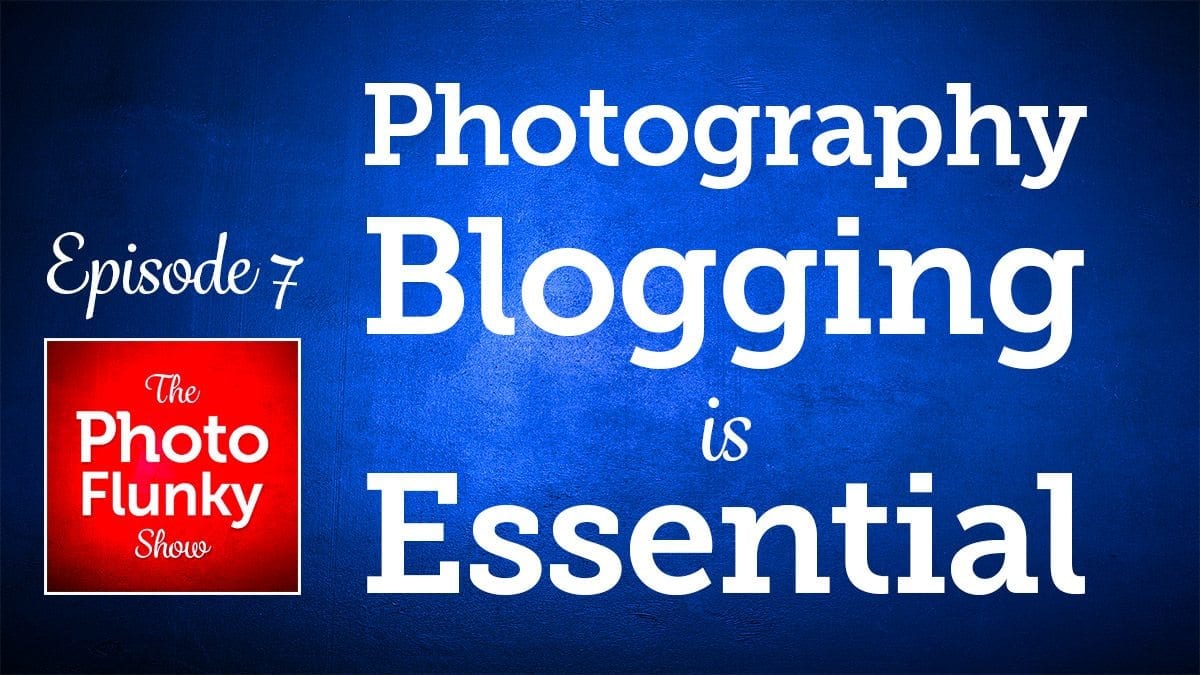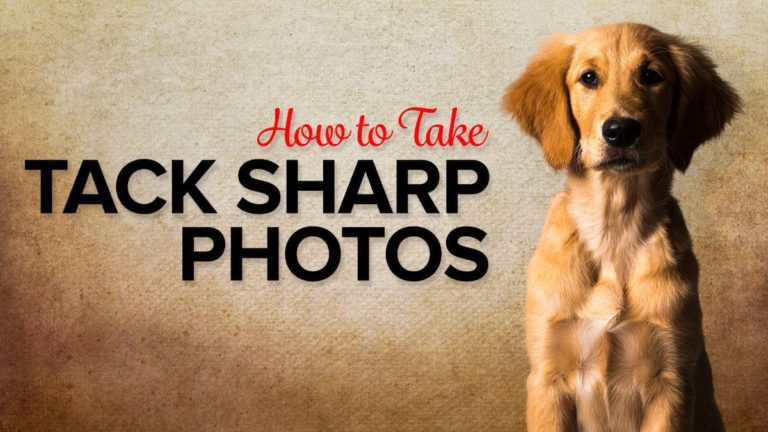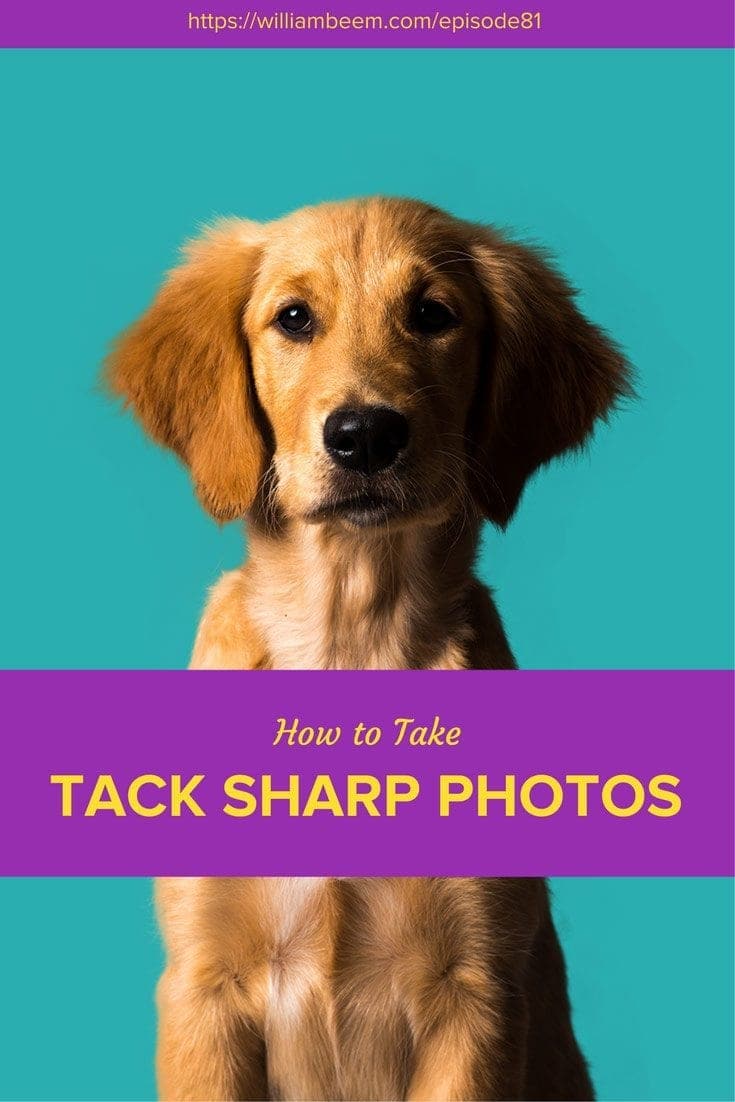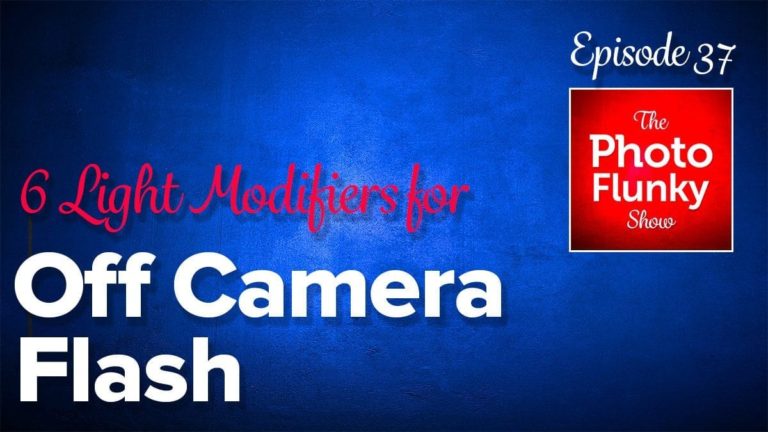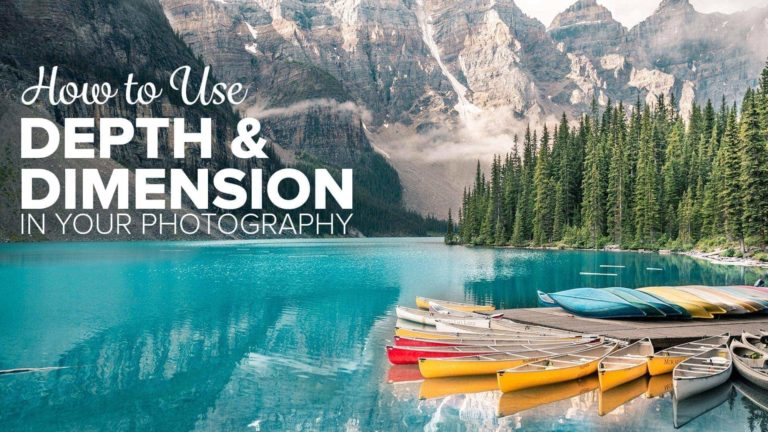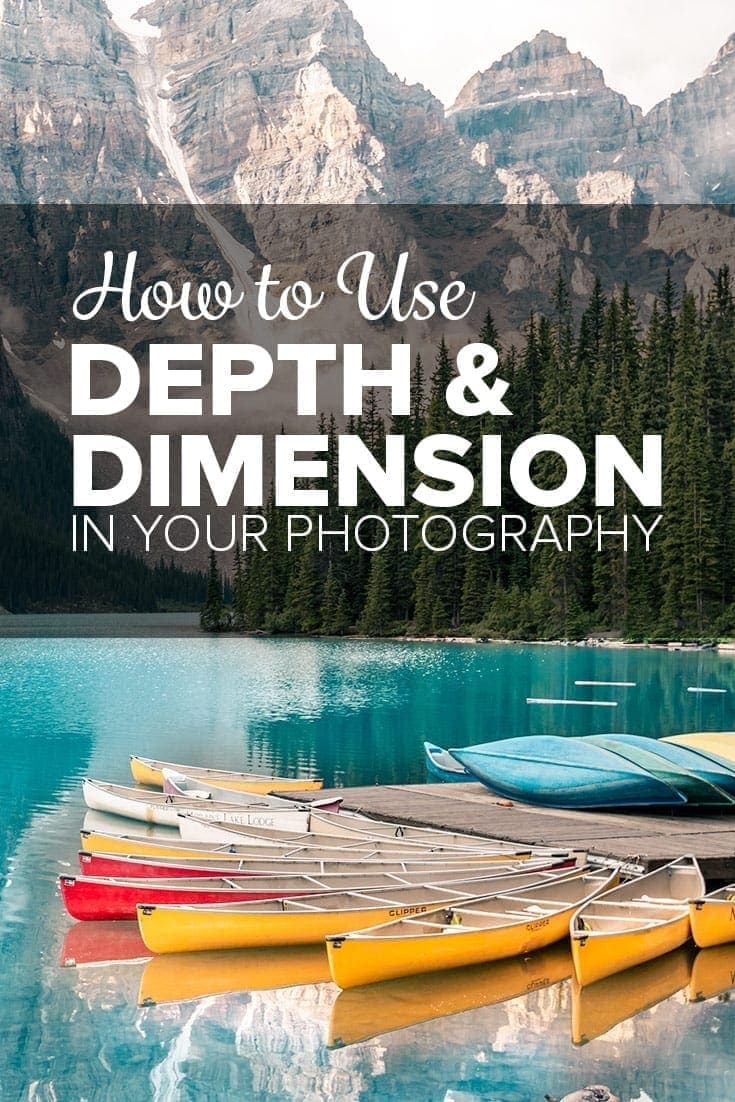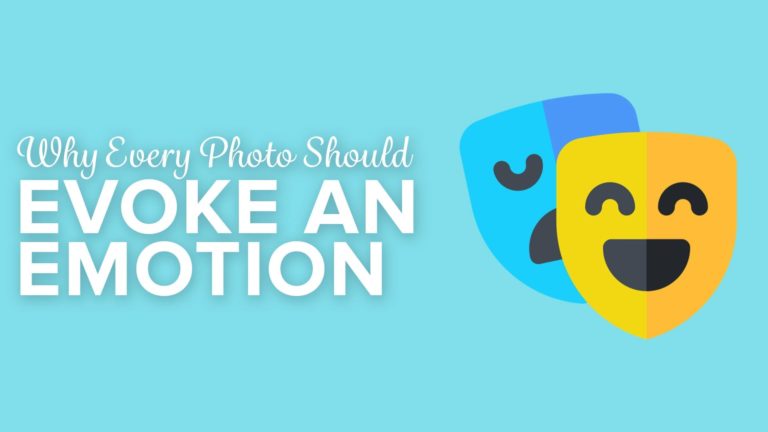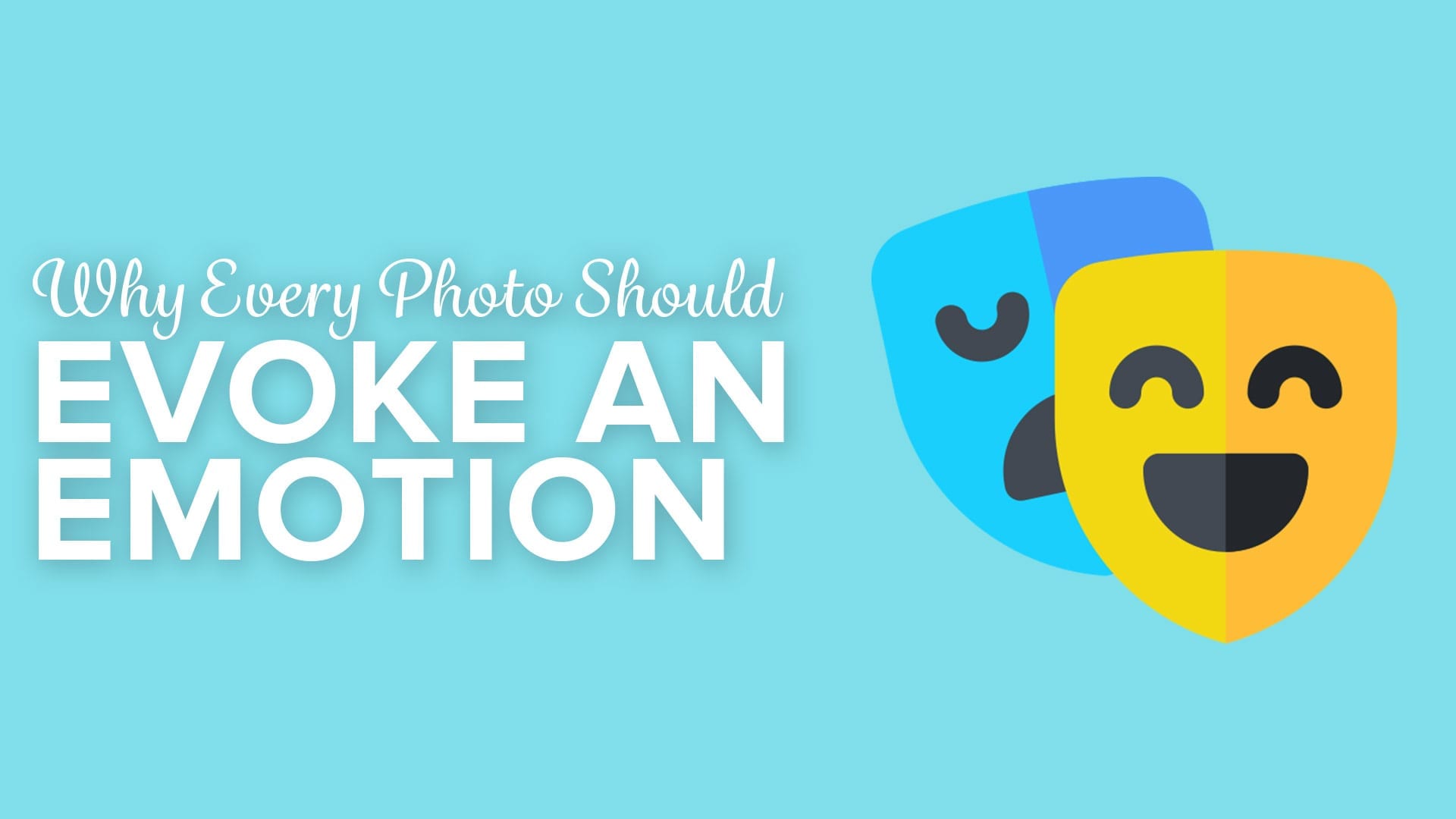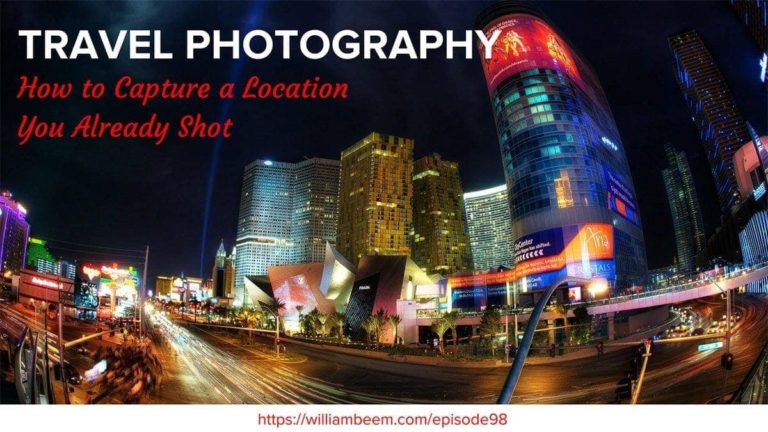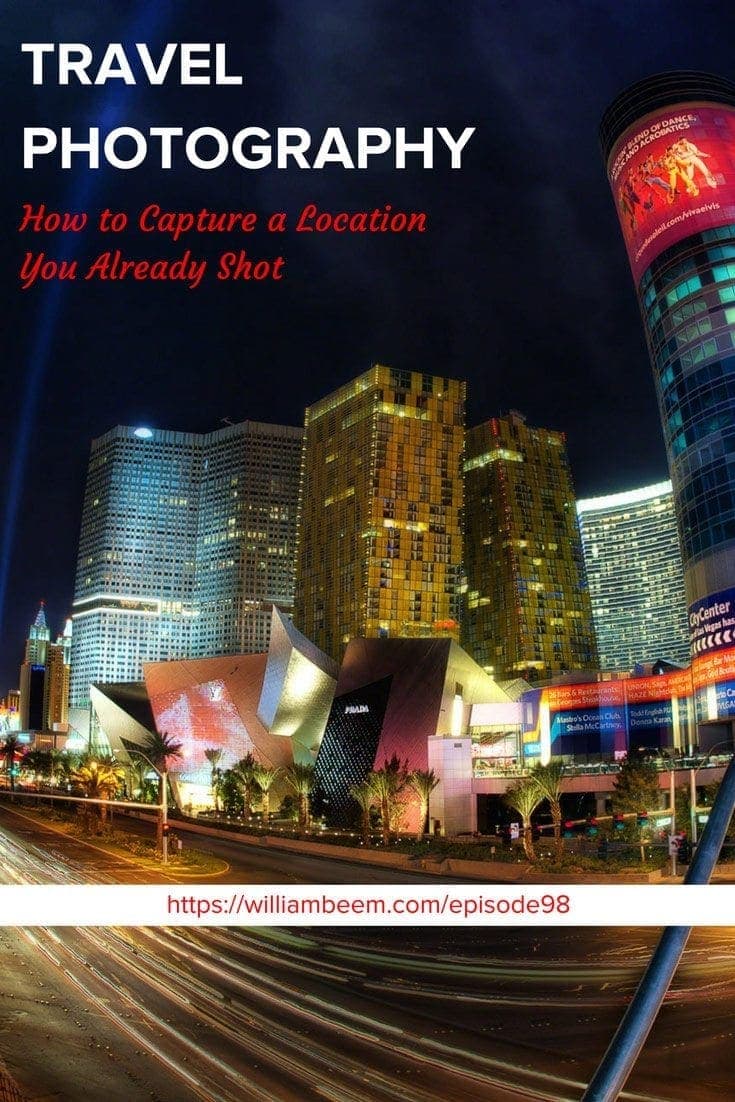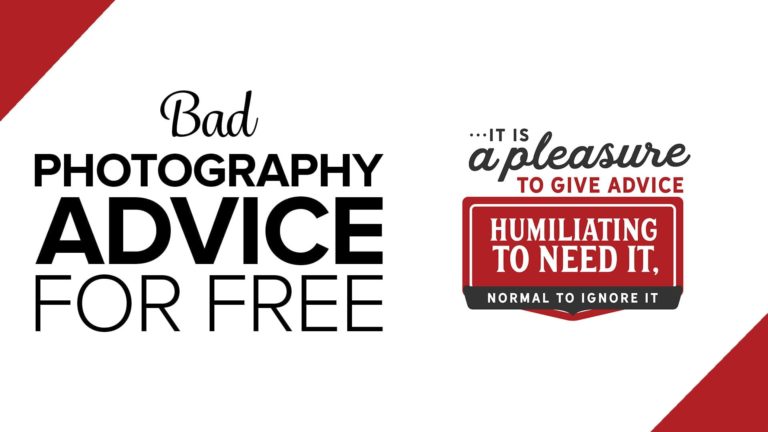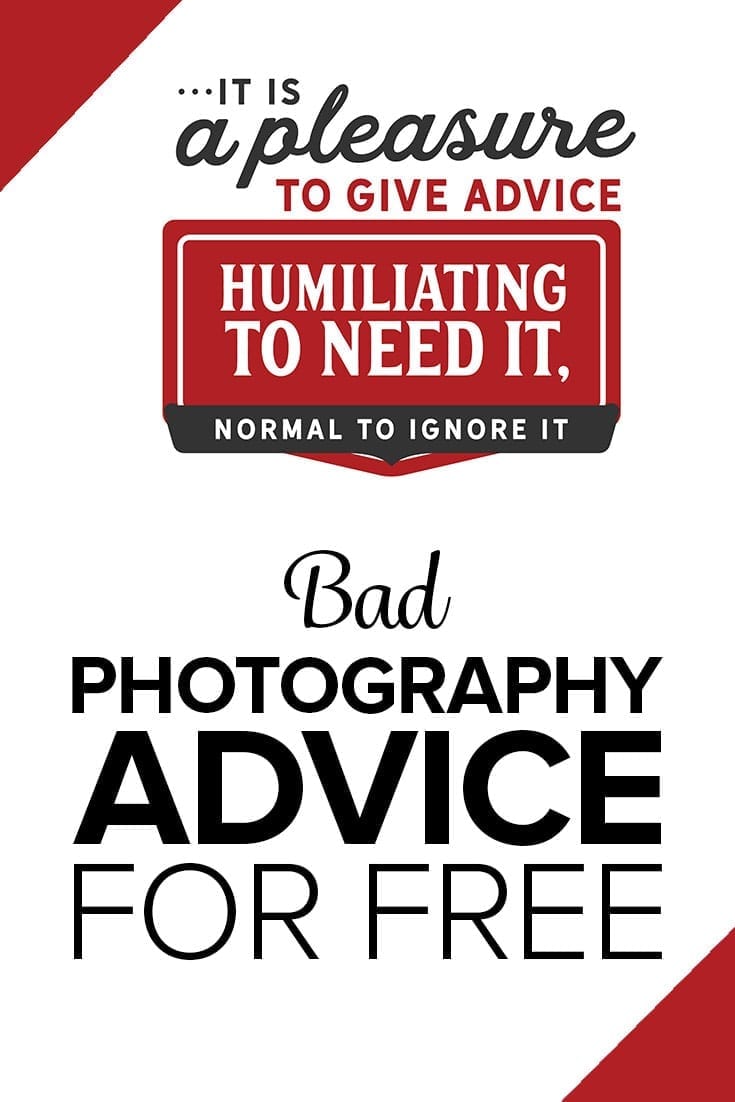Affiliate Disclosure: We earn a commission if you purchase through one of our links at no additional cost to you.
Photography blogging is a way to establish your identity and brand online. While sharing on social media can be an important part of your efforts, you always need to bring people back to your home base.
We’ll discuss the benefits of photography blogging for both business and personal reasons, and then dive into the five things you need to know before you start your own blog.
As always, you can get a free transcript with the link below.
How to Subscribe to The Photo Flunky Show
For all of the Android users out there, I’m happy to announce that The Photo Flunky Show is now available on Google Play Music, along with plenty of other great podcasts.
I created some simple shortcuts to make it easy for you to subscribe and have the podcast delivered directly to you when it’s published.
Google Play Music: https://williambeem.com/googleplay
iTunes: https://williambeem.com/itunes
Stitcher Radio: https://williambeem.com/stitcher
Photography Blogging Related Posts
- How to Build an Empire with Your Photography Blog
- 13 Awesome Features for Your Blog so it Won’t Suck
- What You Need to Consider When Selecting a Web Host
- How to Prepare Your Photos for the Web
Subscribe to The Photo Flunky Show
Thank you for listening to The Photo Flunky Show. Make sure you get every episode by subscribing.
iTunes – https://williambeem.com/itunes
Stitcher – https://williambeem.com/stitcher
Google Play – https://williambeem.com/googleplay
Blubrry – https://williambeem.com/blubrry
Social Media Links
We love seeing your photos and keeping in touch with you on social media. Here’s where you can find us.
Transcript
PHOTO FLUNKY – Episode 7
I’m your host, William Beem. Welcome to the Photo Flunky Show, Episode number seven.
Today’s topic: Why Photography Blogging is Essential.
Thank you for joining and welcome to the Photo Flunky Show, available at photoflunky.com. It’s part of my website, williambeem.com. You can find us now on iTunes and Stitcher Radio. All you have to do to check it out is go to williambeem.com/itunes or williambeem.com/stitcher. I’ve made it easy for you. And of course show notes are going to be available at williambeem.com/episode7.
Today we’re going to talk about what can a blog do for your photography? Some of you are going to be in this for professional or business reasons, some of you are going to be in this for personal reasons.
I started my website off as a personal journal. It was something that I’d been into photography for a while and I remember I was working out with a trainer and I had a conversation going and said I missed writing. I missed having a way to communicate what I was doing. I had my photos I could share on Flickr and other sites, but it was just part of someone else’s story. The nice part about starting up a blog was I could develop my own story.
So let’s take a look at this by category and we’ll start off with the business and then we’ll take a look at the personal. What can you do with a photography blog?
For a business the first thing you can really start to do with this is develop your brand and your niche market online. That’s something that is very difficult to do on social media because you’re on someone else’s land. Basically every time you go to a page on Facebook or on Google+ or Twitter, you see their logo up there, not yours. It is Facebook’s brand. You’re just one of the players in their social media arena.
So another thing you can do is show customers what you can do for them. In other words, establish how you can be different. It doesn’t matter which particular market you’re in with photography. You’re going to have your own style, you’re going to have your own unique vision of things. Show them what it is. You can take the best of your photos, arrange them as you like and show your potential customers what you can do for them.
Another important aspect of it is that you can demonstrate the value of a professional photographer. A common tactic that a lot of photography bloggers do is to talk about what they are doing, and that is interesting when you’ve got a group of followers, but if you’ve got a customer who has come to your site, who has got a problem or is looking for some kind of solution, they may not be caring what you’re doing at a particular convention, if you’re going to a show or something like that. What they want to know is the value of the work that you can do for them.
I always pick on wedding photographers for this. A lot of wedding photographers are upset by people who undercut them, doing it rather cheaply and inexpensively. And they complain that they are not going to develop or deliver good quality, you’re not going to get the kind of service that a good professional wedding photographer can provide. All of that is very true. The problem is they are complaining to other photographers and those are people who aren’t going to help them out. You need to set something up so potential clients can see what you do and they can understand the value that you can provide as a professional and why that value is worth the money that you charge.
Having a blog online gives your potential customers a way to reach you online. Yes, you can have a website without a blog to it, you can have a contact page on there, but there is nothing really to start the discussion. When you’re blogging, you’re writing about things that show value to the customer, things that they are going to be interested in. There’s a comments section there as well as the contact page. You kind of stir up their emotions; stir up their ideas with your blog posts. You want to give them things to think about and reasons to reach out to you.
You can develop a fan base. You do very well at what you do, and those people will help you promote your business to others. So in other words, when you put out a new post, if you’ve got some fans out there that like what you do, they’re going to want to share it with their friends or their audience and they will help retweet things you put out on Twitter, share things you put on Facebook or just link to your blog from their own website. So you can develop a fan base and they are going to help you promote your business so long as you’re providing good quality and they like you.
If you’re into social media, you can be very big; you can have plenty of followers. The thing you can’t do really well is sell on social media. You need a home base to conduct your business.
Finally, make it easier for Google to find your site. People going to search engines have got a problem, they’ve got a desire, they want to find something. They want to find an answer to whatever it is they are searching for. If you are writing about those things, that’s what search engines understand. If all you do is set up a portfolio with some nice photos up there, anyone who happens to find it and stops by it is probably going to love your photography. But Google doesn’t understand pixels. Google understands text and there’s only so much you can do with alt text underneath the photograph. You need to write articles about things that are important to you and the work that you’re doing. Google will pick up those key words. People who are searching for similar things will find your site that way.
Let’s move on to personal. What are you going to do with a blog that you can’t do with social media?
Mostly it’s going to be a personal journal. And that is a wonderful thing in itself because it helps you see your progress. You can see where you were a year ago, a few years ago, are you moving from one stage of photography to the next? Are you changing direction? Are you stagnant?
It’s basically a record of your history and photography. It might be a little bit scary at times to put that out there and share with everybody, but honestly there is a good value in that as well. You’re going to meet new people with similar interests and as you do that and as you try and do things, you’re going to find out what you like and this isn’t supposed to be a pun, but it’s going to help you focus your efforts.
I didn’t know exactly what kind of photography I wanted to finally come upon. I tried a lot of things and I enjoyed a lot of them, but I decided that they weren’t for me. For example concert photography. I went off and at Photoshop World they have a photography workshop at the beginning. There’s a contest in it. I tried three different times to win it. I never did. It doesn’t mean that I didn’t enjoy it. I had a wonderful time with it and I really came home and said I still want to do this. And I went out and I did a couple of concert shoots. I’m happy with the images that I got, but I also realized that the entire process of what I had to go through to get those shots wasn’t something that I wanted to do on a regular basis, particularly while holding down a day job. It just wasn’t for me.
And the same thing was true of a few other genres of photography. Had I not been shooting those images to put on the blog to kind of keep me in the game and moving ahead with my photography, I might have just been sitting on my couch watching TV. So having the blog helps you define and focus your efforts onto what you want to do.
I mentioned that one of the reasons I started a personal journal on my blog was that I wanted to write. And that is true. It is going to help you write more, you’re going to improve your writing, you’re going to improve your communication. And you may also make some money.
Before I ever decided to hang out a shingle and do anything professionally, I had some photos up there, they were found on Google, and people came to me and approached me for different opportunities to use my photos. Some wanted some things for free. Some people were offering low ball figures, and some have actually paid me very well. You kind of learn that you can earn money not only through selling your photography, but also through other means, like what could be affiliate links. So if you have products that you like and recommend, you can write up what you like about them, show people how to use them and if someone is in the market for that and they like it, they can click on your affiliate link and you can make a few bucks that way.
You can also do advertising. I’ve toyed with that back and forth. I’ve decided it’s really not right for my photography blog, but I’ve been to other sites that have advertising going on and so long as they are not up over the top – you know, if there’s not more than three ads on there – it doesn’t bother me. And I think most people are probably the same way.
Where you get into a problem is when you’ve got two columns of advertisements going down left and right side and then there’s just this skinny little column of text and you can barely see your photographs. Then you’ve kind of lost your purpose. When you’re doing something for your personal blog you may also inspire someone else.
I’ve gone to a number of personal sites where I’ve seen the work that people were doing and thought, wow! That’s impressive! I want to learn how to do that. So you never know. You might make someone else happy with what you are working on.
Assuming that you’ve decided that you want to start a blog or you want to start doing more with the blog that you’ve already got, there are five important things to know about blogging and these are things that I learned, some of them the hard way, but I found all of them to be true.
Rule number one: And this should be obvious, but for some people it really isn’t. Have a purpose. People visit sites for a reason and you can’t be all things to all people. It may hurt if you’re turning somebody away or someone has subscribed and then they bail on you because you’re just not delivering what they want, that’s actually OK. You need to find a niche. Find something that you’re good at, find something that you enjoy. Whatever the purpose is behind it, find your purpose and an audience will develop around that. People with like minds are out there. They are searching for things. Just stick to what you’re doing.
Don’t try to be a photographer, an artist, musician and a carpenter at the same time on your blog. That won’t work. And if you’re going to be a photographer, what kind of photographer are you going to be? It doesn’t mean that you have to specialize just on portraits or landscape or whatever. Maybe you can do something like David Hobby did with the Strobist. You’re really good with lighting, show people how to use lighting. Whatever it is that you like, whatever it is that you’re good at, define your purpose and stick with it. People want to go to sites where they can get some value, where they can learn something, where there is a single purpose. That’s really what you’re after.
The next thing that I learned is: serve your audience first and the rewards are going to follow. What I mean by that is people don’t like being used. If you put up a blog just because you think this is a great way to make money – and for some people it really is a great way to make money – but you don’t make it by using people who visit there to try to trick them into buying things are always be ramming something down their throats that they’ve got to buy. People are looking for solutions. Remember, serve your audience first. If you do that, then when you’ve got something to recommend that you’ve used yourself or that you know is going to help your audience, it’s OK to go ahead and put something out there. People don’t mind buying from somebody and letting them pocket a little bit of money on an affiliate link because it doesn’t cost them anything extra and usually it will even give them a discount. That’s OK so long as you’re helping them get what they need. But they are not going to allow themselves to be used. So give what they want first, then reap the rewards later.
One of the other lessons you’re going to find is to get something to happen; you have to make it happen. Don’t think the world is going to rush to your site. You’ve got to go out and promote it. You need to build relationships with other people that are kind of in the same field that you’re in. So it could be other photographers that have the same niche that you’re in, it could be people that travel to the same places that you do. Who knows? Just build your relationships and that’s like part of building your audience. You want to help share and promote what they are working on if it serves your audience, and likewise, if what you’re building helps their audience, you’re going to share and promote. Relationships are key and important. Just because you built something doesn’t mean that people are going to be rushing out there. They’re going to have no way of knowing about it. You need to build it and then you need to promote it. You’ve got to tell everyone. And some of the promotional methods you use aren’t just social media. Social media is fine. I put out a number of blasts for every post that I come up with, but there are other ways to promote things.
Guest blogging is one that’s been around for a few years. But keep in mind, guest blogging on other photographers’ sites will reach an audience of photographers, but if you’re trying to get someone who is not your peer, for example you may want to be writing for a wedding site if you’re a wedding photographer. It seems obvious. Now, think about that in other fields. If you’re a commercial photographer, do you have a niche that you work in? Are you an automotive photographer? Are you an interior or architecture photographer? Whatever the case is going to be, look at your audience and see where they are going for information. Are they going to an industry blog? Are they going to a magazine? Something about architecture, something about weddings, something about whatever the topic is that they are interested in and you want to get a piece of that pie. You want to show yourself as an expert. So go to that blog, go to that magazine that’s not about photography, but it’s about the topic that you’re shooting for. Go to them, offer to write something. I don’t care if you get paid or not. It’s nice if you do get paid, but really your purpose is to be using that magazine or that site as a calling card for your business or your ability. It’s OK to work for free sometimes when you’re going to reap the rewards later on.
One of the things I learned late in blogging, that I wished I had learned sooner and I’ve heard this from a number of other bloggers in various genres, is develop an email list. Make it easy for people to subscribe and email them when you’ve got new posts. And you don’t have to limit it to just that. You can put out other information. Maybe stuff that you don’t share on the blog or whatever you’re delivering to other people.
The reason for this is pretty clear. Those are people who, if they’ve subscribed, they want to hear from you. And you’ve got to make it easy for them to unsubscribe. If they change their mind, they need to be able to click one thing that says “Click here. Unsubscribe.” And they’re out. Don’t worry about people that leave you. What you’re worried about are the people that are on the list who want to hear from you. Give them the information they want to hear. Also ask them: What do you want to hear about?
Finally, keep in mind that this list can keep you alive when there are other changes in the internet.
Google goes through updates to its algorithm. You could be reaping your rewards of Google one day and they can come up with a new update and the next thing you know, you’re not on the front page anymore, you’re ten pages back or you don’t even seem to find yourself anymore. When you rely on search engine traffic, you’re at their whims. So find other means to communicate with your audience. That’s what an email list does for you. It allows people who want to hear from you to be able to hear from you when you’ve got something to share.
Last thing, be patient. Overnight success stories can take anywhere from five to ten years. A lot of the people who suddenly appeared on your radar today started and probably failed other ventures before they became an overnight sensation. You just heard about them when they succeeded. You don’t know what happened behind the scenes when they were struggling to get up.
Take some time, build your audience and be sure to listen to them. That’s the patience it takes. It’s not going to happen overnight. If you’re patient, you build, you can give to your audience, then I think you’re going to find some success, whether it’s on a personal level or a professional level.
Thank you for listening to the Photo Flunky Show. You can find show notes available at williambeem.com/episode7.
You can also get a transcript of the show for free. Just go to williambeem.com/episode7 and download it right there.
We are now on iTunes. It’s easy to subscribe. Just go to williambeem.com/itunes. You’ll find the show. And also I would love your honest rating and review. Leave me some feedback, tell me what you like, what you don’t like, what you’d like to hear from me. It’s all good for me.
Thank you very much. I appreciate you. Have a good one!

